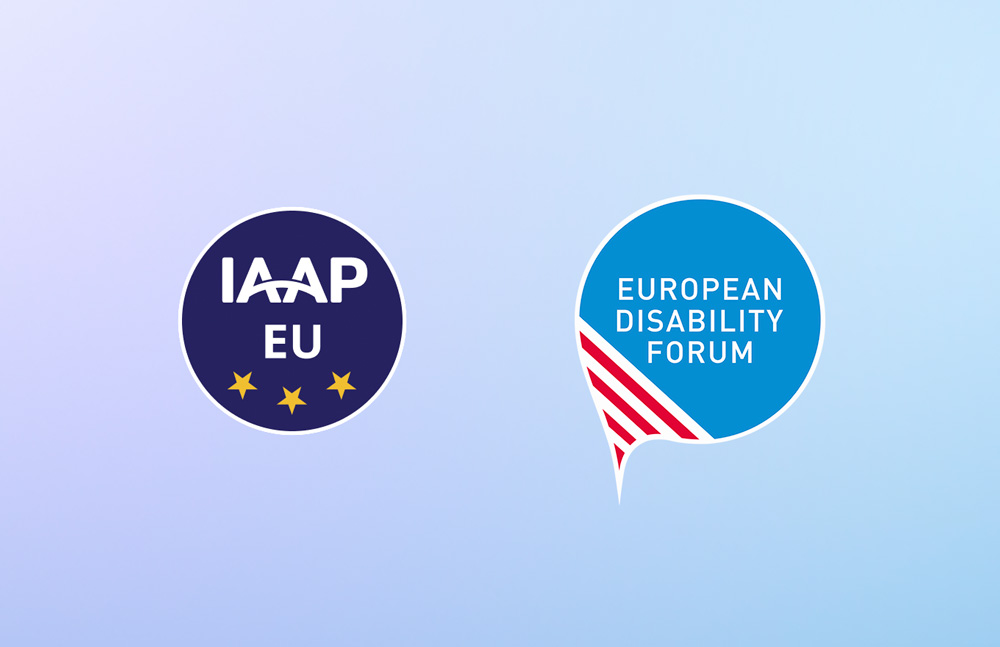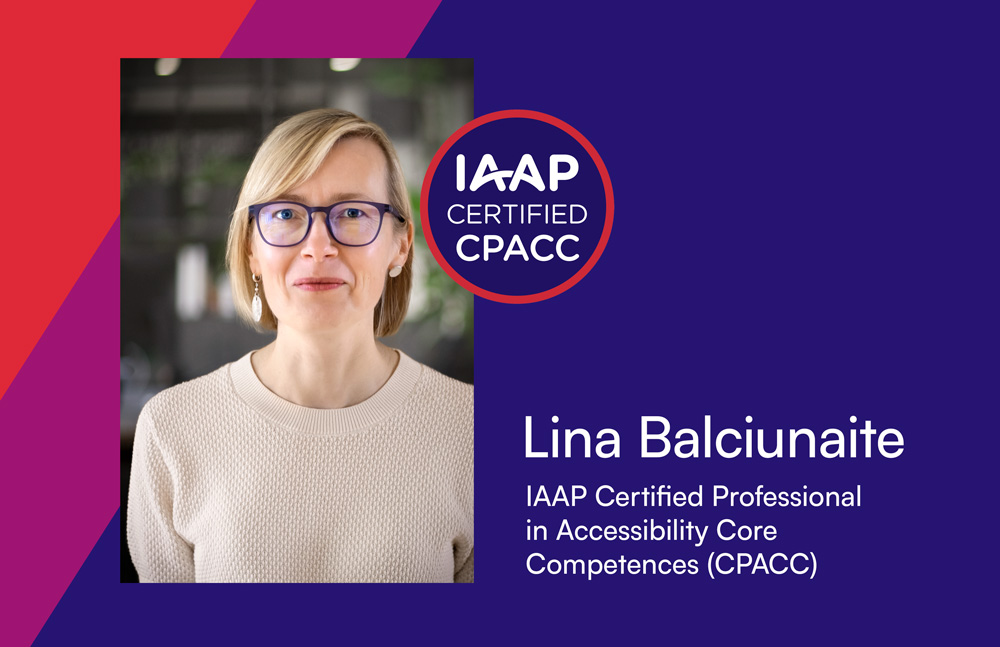Guide to Accessibility Requirements for Public Sector Websites and Apps in Lithuania

Accessibility has gained momentum with the entry into force of the Web Accessibility Directive (WAD) in the European Union (EU) in 2019. Under this Directive, EU Member States, including Lithuania, aim to make digital services provided by public sector bodies accessible to all citizens, including people with disabilities.
In the process, Lithuania has transposed the requirements of the Web Accessibility Directive into the General Requirements for Websites and Mobile Applications of State and Municipal Institutions and Bodies.
In this article, we will take a look at who is affected, what is mandatory, who is exempt and how to avoid complaints.
Scope and applicability
The regulations apply to various Lithuanian public sector bodies: state and municipal institutions and bodies, enterprises and public bodies financed from state or municipal budgets and state monetary funds and authorised under the Law on Public Administration of the Republic of Lithuania to carry out public administration or to provide public or administrative services or perform other public functions.
It should be noted that this list also includes cultural institutions such as libraries, museums, state archives and their associations.
Furthermore, these provisions also extend to companies and public bodies where the State or a municipality holds ownership or is at least one of the shareholders. This includes joint-stock companies and private joint-stock companies in which the State or a municipality possesses more than 50 percent of the voting rights during shareholder meetings. This applies specifically when disclosing information regarding employee remuneration, following the procedures outlined in this law.
Mandatory compliance
This document outlines two essential requirements that apply to all institutions:
- Accessibility research
- Accessibility Statement (a sample document can be found here)
In the process of accessibility research, institutions assess how well their website or mobile app adheres to accessibility standards. In the Accessibility Statement, institutions describe their compliance with these standards.
Accessibility Statement should be updated at least once a year or whenever there is a significant change in the content of the institution's website or mobile app.
The document emphasises the need for clear communication. It mandates that organisations include information in the Accessibility Statement on how users can reach out regarding accessibility non-compliance and provides guidance on where users should escalate their complaints if they are not resolved satisfactorily.
It also sets a deadline of 10 days for responding to users' queries, thus ensuring swift resolution and transparency.
Exemptions
While universal accessibility is the main objective, the document notes that certain exemptions apply. For example, public schools, kindergartens and pre-schools are only obliged to provide access to content related to core online administrative functions.
However, the document calls on these institutions to go beyond the minimum requirements.
Disproportionate burden
In cases where accessibility adaptations are disproportionately burdensome, authorities are required to provide a detailed statement setting out the reasons for their decision. This provision ensures transparency and accountability in cases where full accessibility may not be immediately achievable.
It is important to note that, even in the case of a disproportionate burden, organisations are obliged to carry out Accessibility Research and to submit an Accessibility Statement detailing the areas that are inaccessible to users.
Handling complaints
To guarantee accountability, users have the right to file complaints in certain situations, including:
- Non-compliance,
- Insufficient evaluation of disproportionate burden,
- Absence of a compliance application, or discrepancies, inaccuracies, or false compliance.
These complaints will be addressed following the procedures outlined in the Law on Public Administration of the Republic of Lithuania.
Final thoughts
This action plan, which incorporates EU regulations into our national law, demonstrates Lithuania's firm dedication to creating an inclusive digital environment. By guaranteeing universal accessibility on public sector websites and mobile apps, Lithuania is taking substantial steps toward bridging the digital divide.
The next significant milestone arrives in 2025, with the implementation of the European Accessibility Act (EAA), extending accessibility efforts to the private sector, marking an important step in this journey.
Recources and more info
June / Karlove offers accessibility compliance, accessibility knowledge and culture, and accessible design and development services.
Schedule a discovery call to learn how to guarantee your company's digital products are accessible to individuals with disabilities.
Newsletter subscription
Twice a month we send insights, event updates, and valuable resources on best accessibility practices in Lithuania, the Baltics, and the EU market. Subscribe to get the latest knowledge and stay informed.




